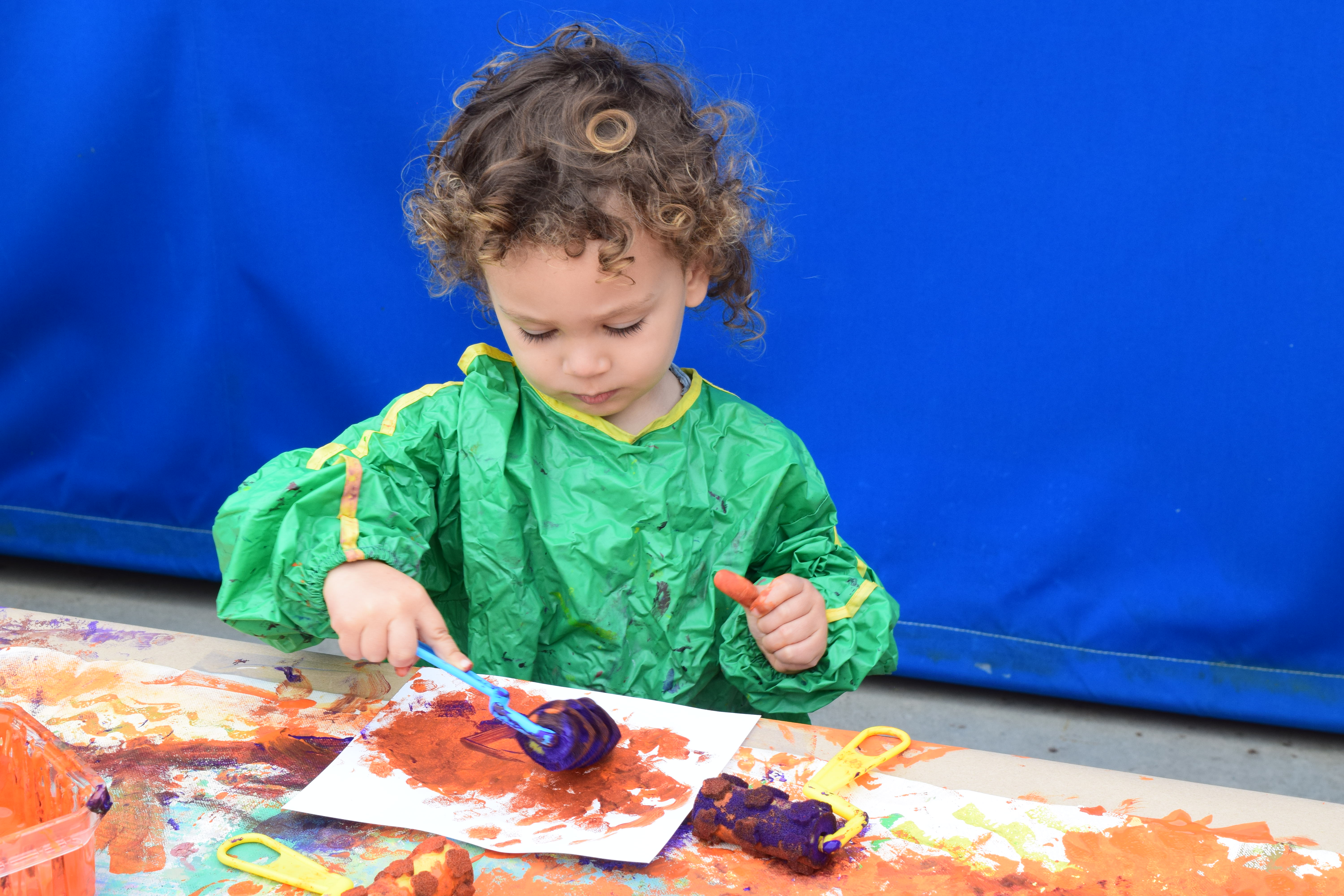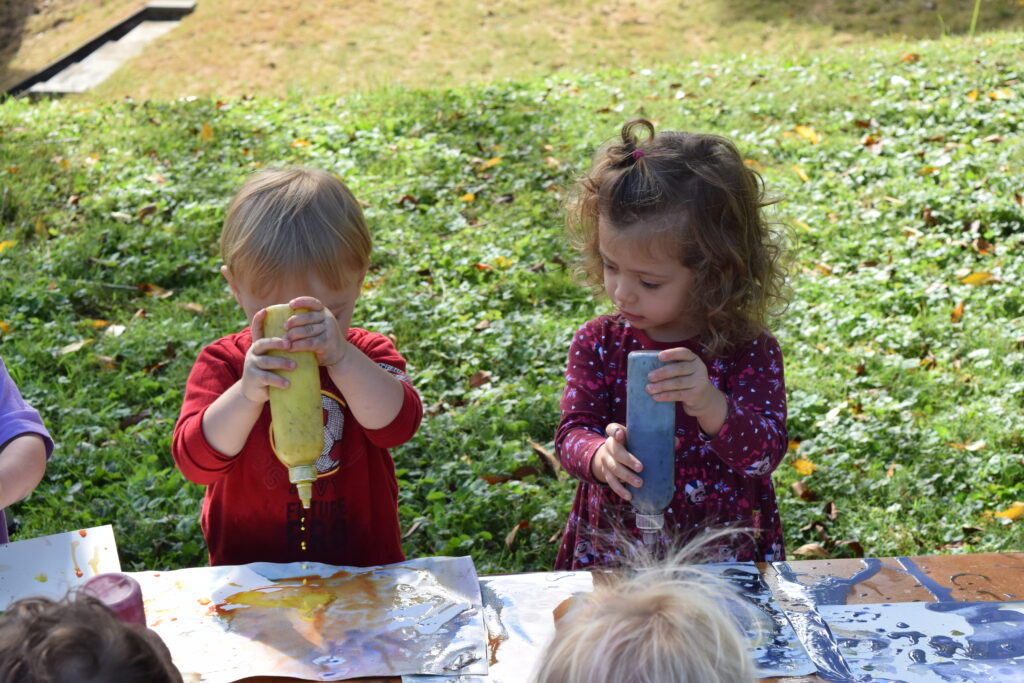
Motion and Movement Benefits
Some may view art-making activities as mere time fillers or busy work for young students. However, the reality is that engaging in art making provides significant benefits early childhood children brain development. By incorporating daily movement activities into the curriculum, educators can help students enhance their hand-eye muscle coordination intelligence.
These activities focus on developing the small muscles in the eyes and hands crucial for tasks like drawing and painting. They promote hand dexterity and sensorimotor learning, aiding in the development of muscle memory. This progression supports the transition from gross motor skills to fine motor development. Educators play a crucial role in designing such movement activities to enrich their classroom experiences.
Gross Motor Milestones
Recent scientific research has shown that early motor movement plays a vital role in enhancing brain intelligence and academic performance in later grades. Starting from infancy, engaging in motor activities can significantly influence cognitive development and preparedness for learning.
Studies suggest that a child’s genetic makeup and early experiences can predict their future cognitive abilities. Research conducted in the United Kingdom highlights the relationship between achieving typical motor milestones and cognitive development upon entering primary school.
Insufficient opportunities for gross and fine motor activities can hinder young students’ physical readiness for independence as they progress to primary grades. Alongside factors like nutrition, emotional well-being, and social support, engaging in gross-to-fine motor movements is associated with stimulating advanced cognitive processes.
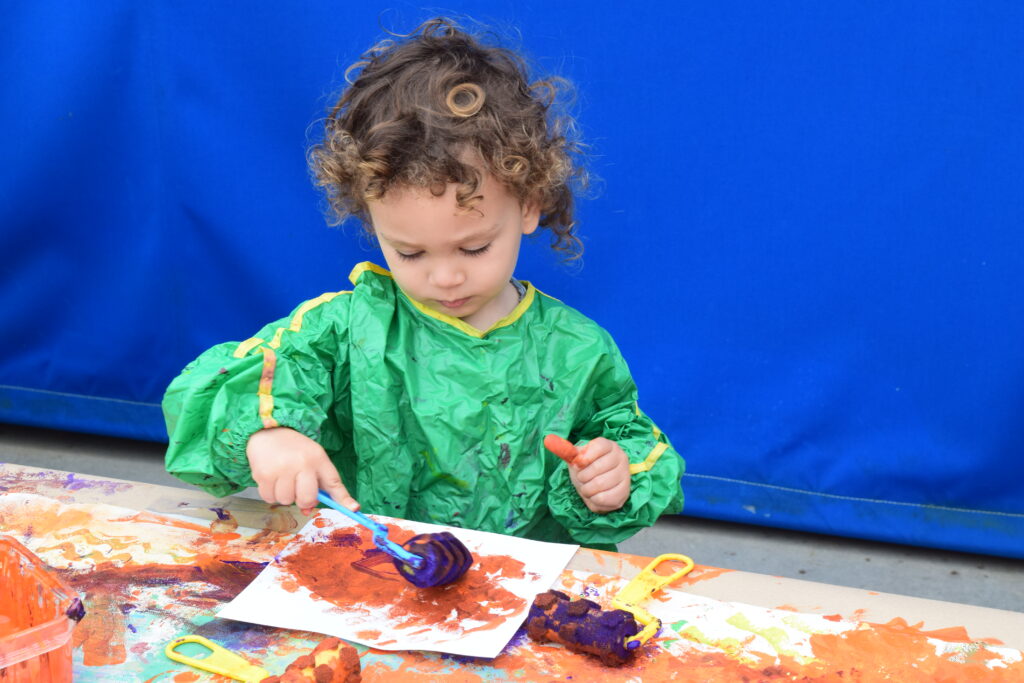
Movement In Art Play
Movement plays a crucial role in providing essential information to the developing nervous system by engaging our senses like touch, hearing, sight, and balance. When we move, our brains receive stimulating feedback from our actions, enhancing sensory inputs beyond just observing. Art making has the benefits to support early Childhood brain development!
Incorporating movement helps activate neural networks more effectively, creating a continuous loop of feedback that supports cognition. Essentially, children learn better when they are actively moving, as this dynamic experience enhances learning compared to relying solely on auditory and visual input.
Art Movement Activities
- Clay modeling
- Painting brushstrokes
- Drawing and doodling
- Coloring
- Gluing and pasting
- Cutting
- Selecting and arranging
- Collaging
- Sewing
- Tapping
- Weaving
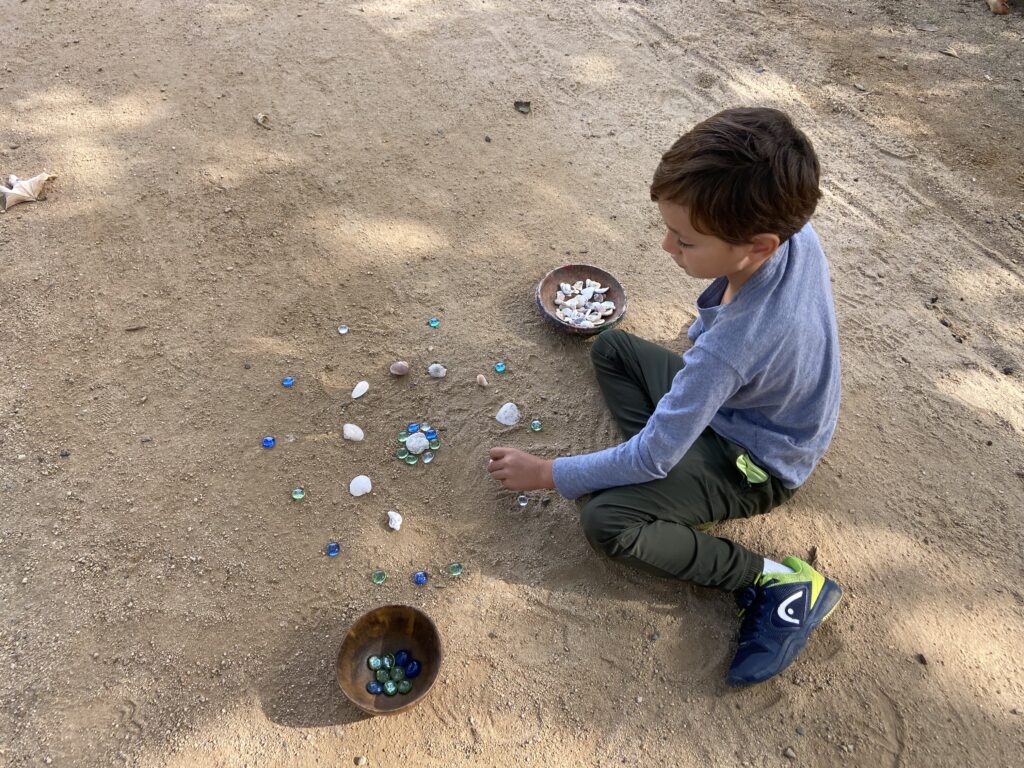
Early Childhood Support
Engaging in art activities from an early age can significantly benefit children’s development. These activities help enhance hand dexterity, integration of sensory inputs, and motor control, promoting neurological and sensorimotor skills.
Starting art programs in early childhood can wire cognitive networks that support physical coordination and muscle control. As children grow, fine-motor skills become essential for academic tasks like writing with pencils. Moreover, developing hand dexterity and sensorimotor abilities is crucial for exploring various aspects of visual arts.
With continuous practice, students can improve the precision and skillfulness of their hand movements. Therefore, visual arts play a vital role in enhancing brain functions, and introducing art-making during early childhood can contribute to building cognitive intelligence.
What Arts & Crafts Do Toddlers Like To-Do?
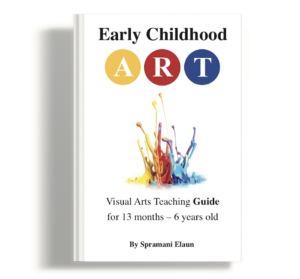
All rights reserved © 2025, Nature of Art®

No part of this blog may be used or be reproduced in any manner whatsoever including reproducing, publishing, performing, and making any adaptions of the work – including translation into another foreign language without written permission except in the case of brief quotations embodied in critical articles and reviews. Nature of Art® Publishing P.O. Box 443 Solana Beach, California 92075.
